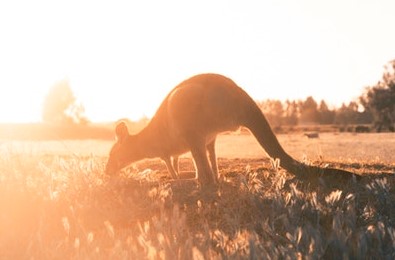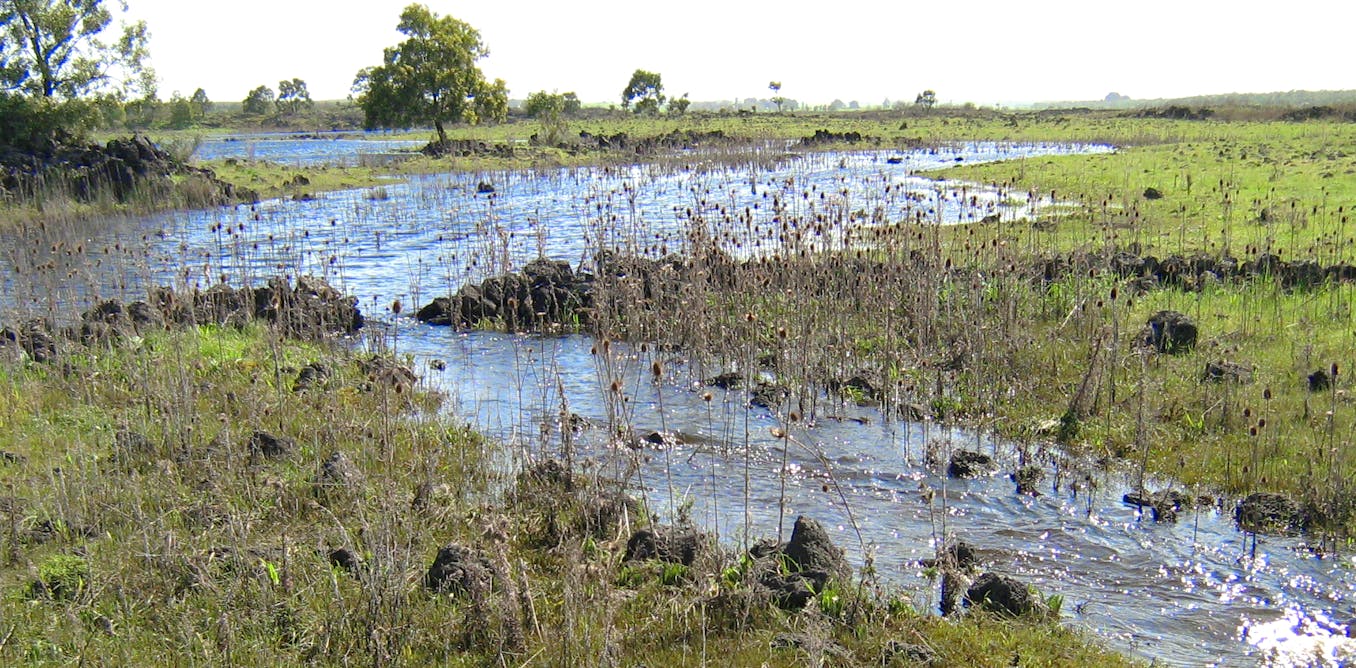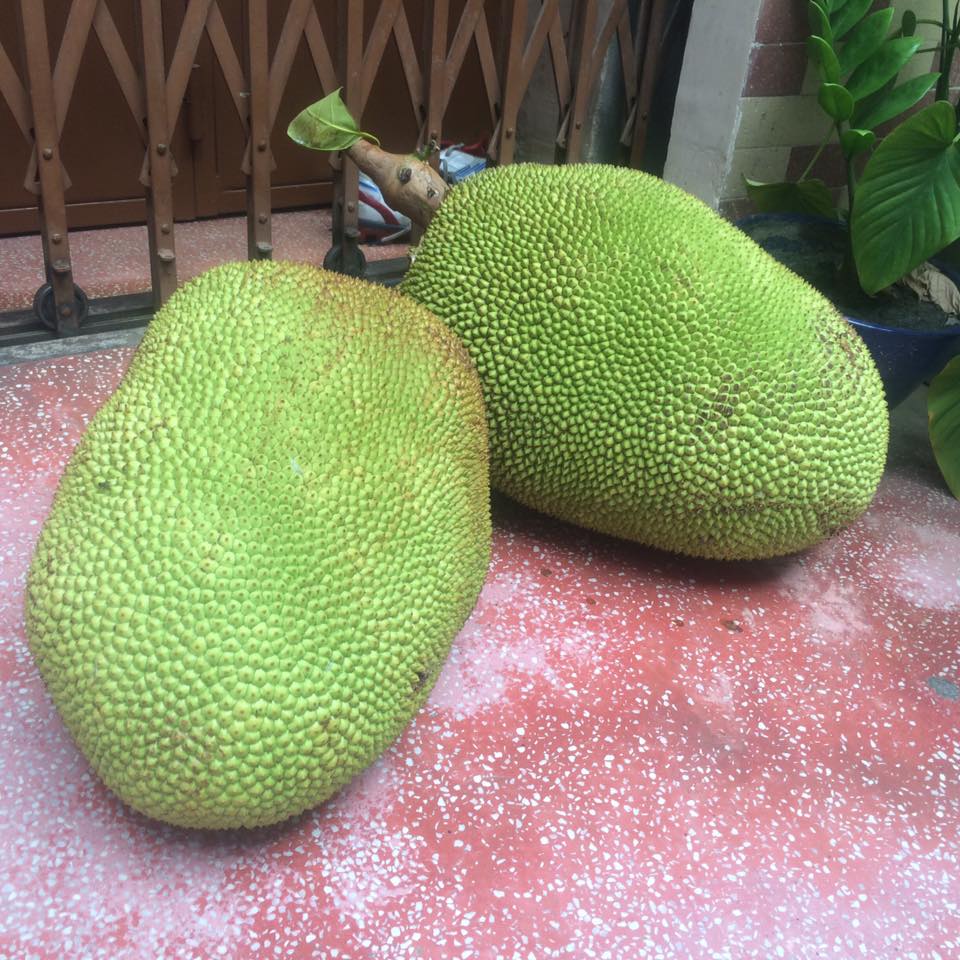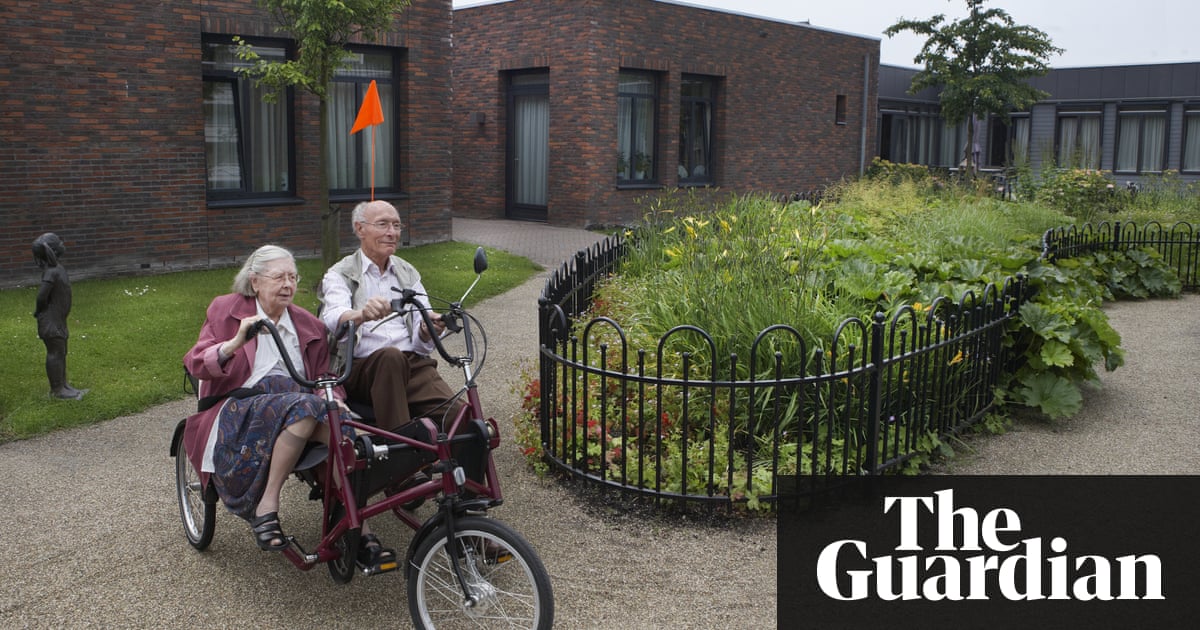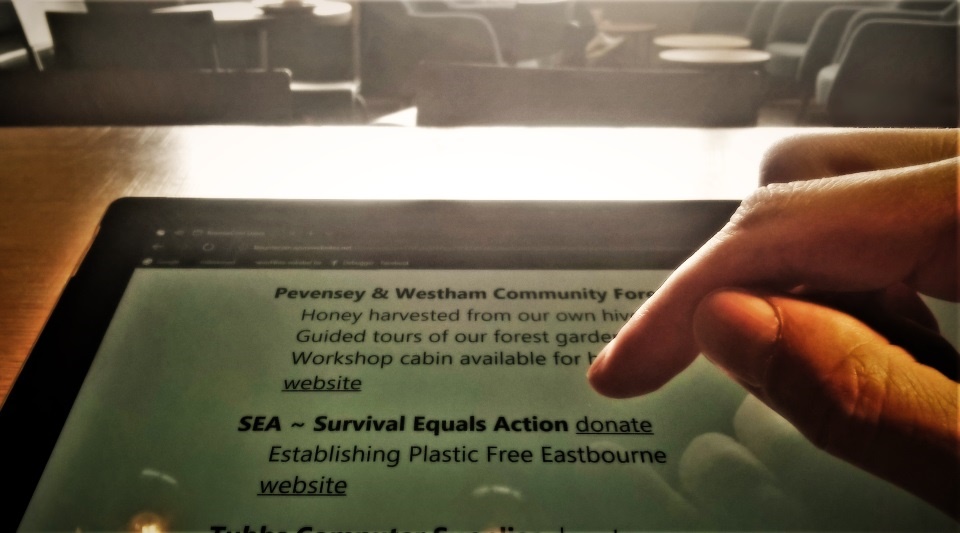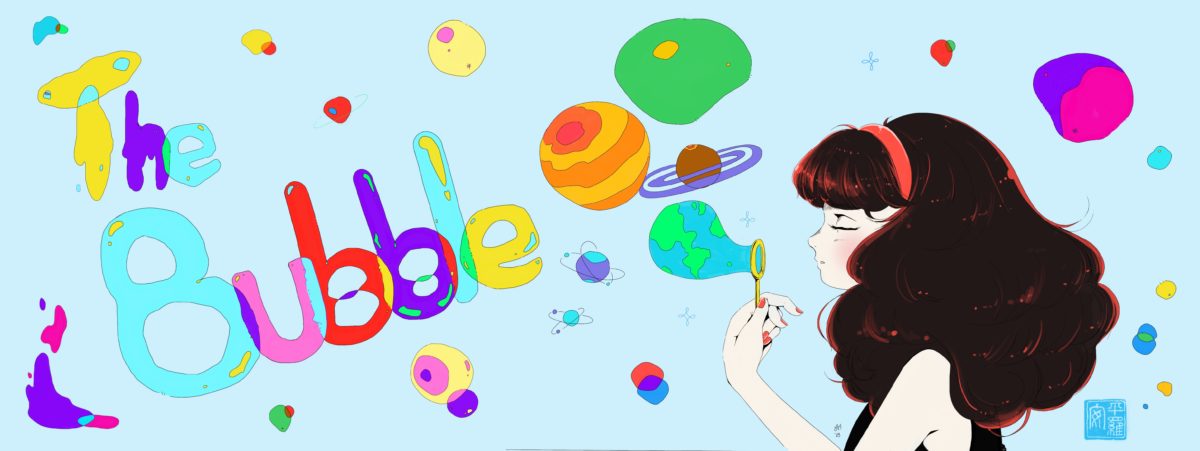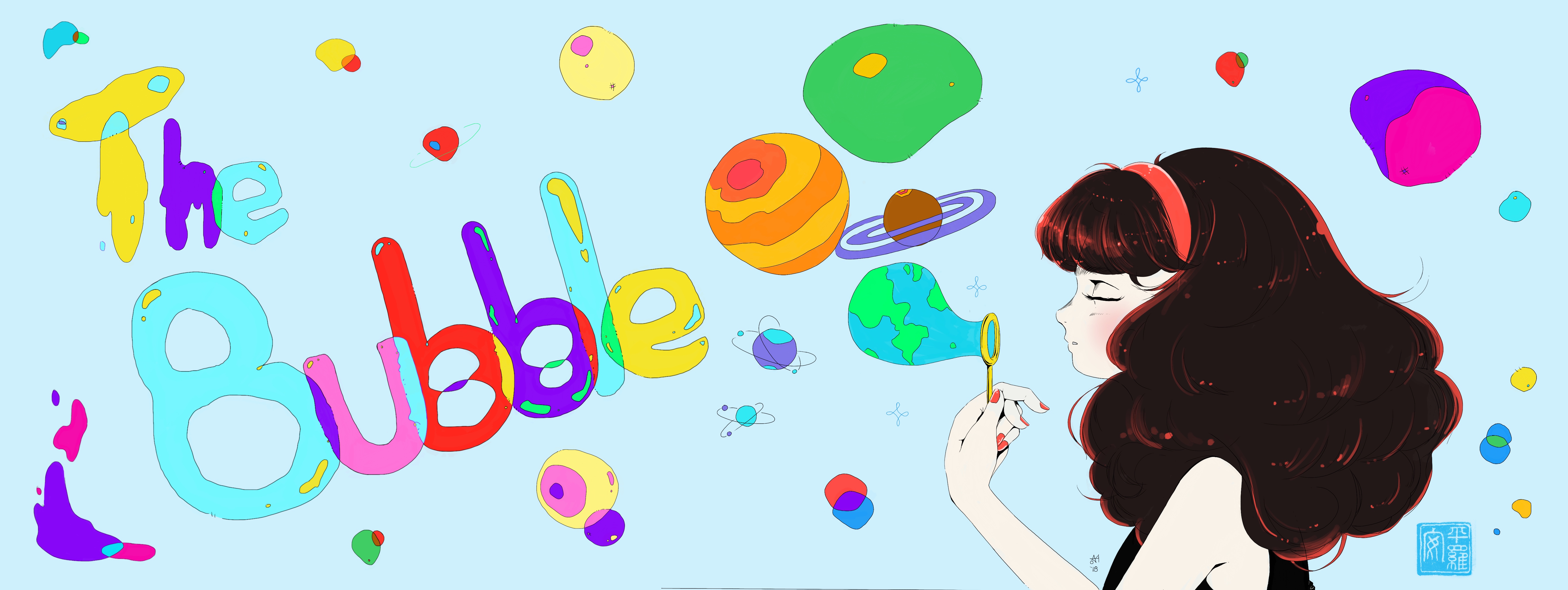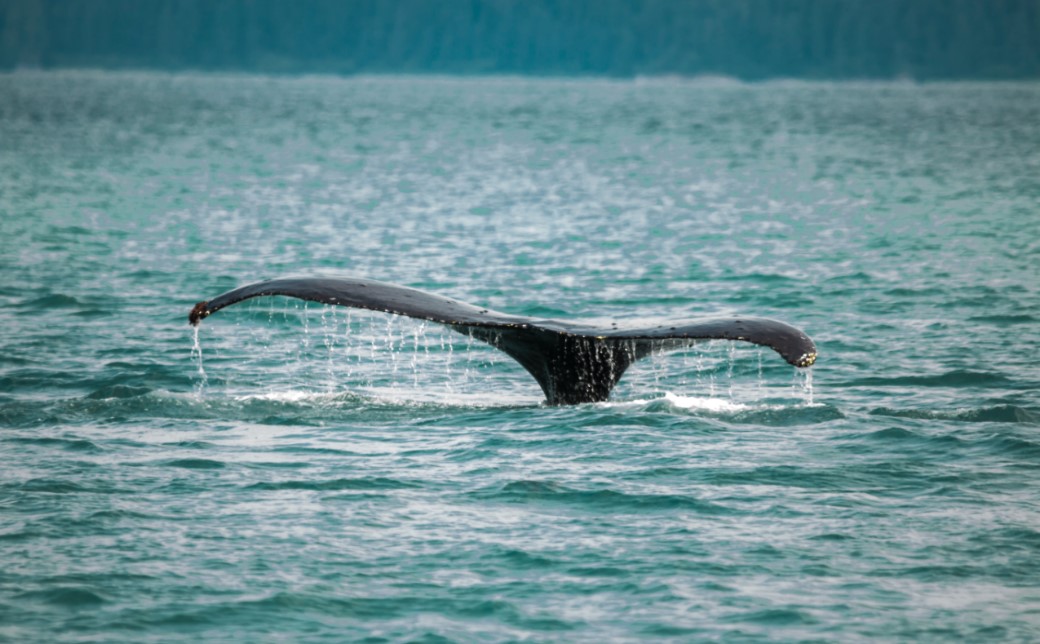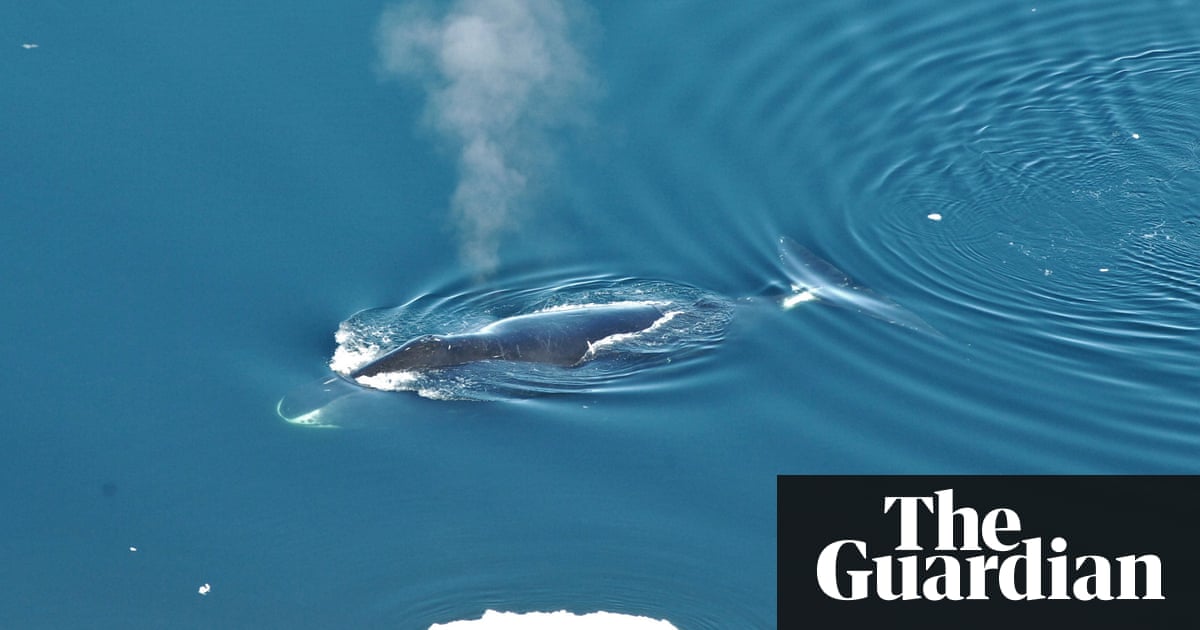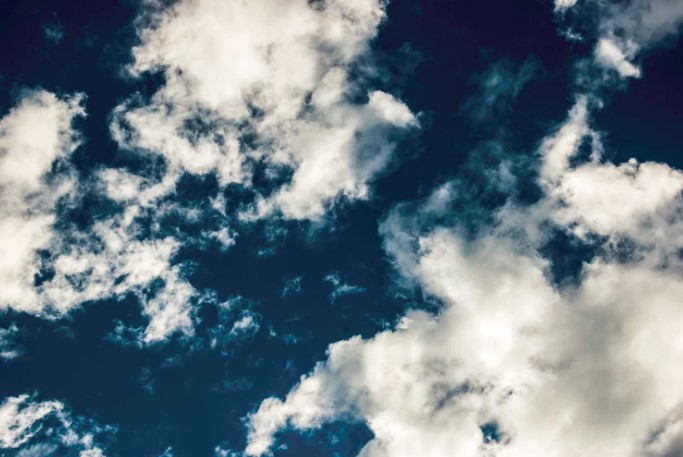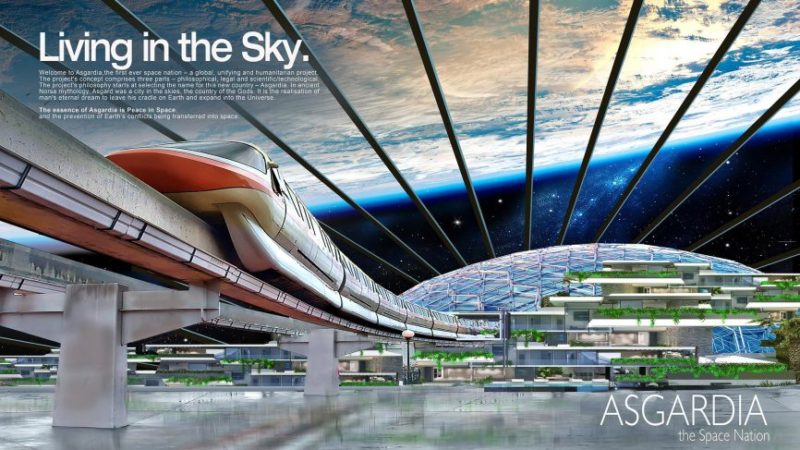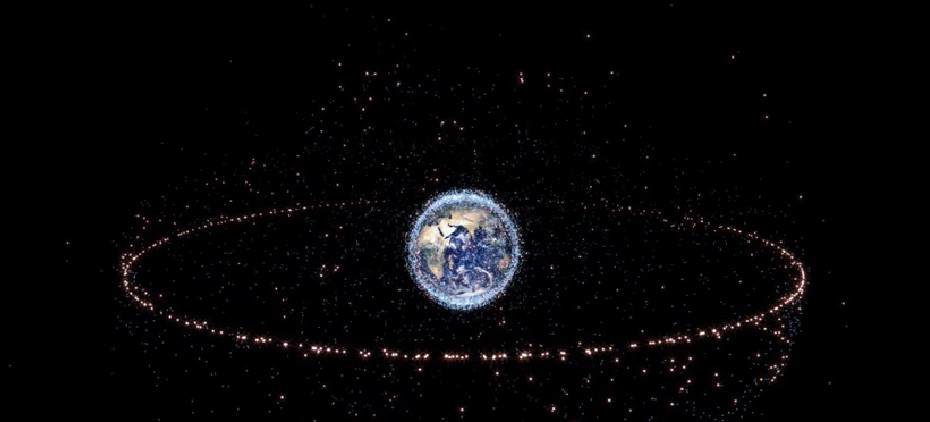These efforts have been around for thousands, if not tens of thousands, of years. Wow.
We (Gunditjmara) were some of the first civil engineers in Australia with farmed eels. Traps have been carbon dated back to 6600, but our connect there goes back further that 30,000 years. The sites are about to be world heritage listed. pic.twitter.com/CU2Sf6Ov6t
— Meriki
(@IndigenousX) April 12, 2018
Rather than living passively off whatever nature provided, the Gunditjmara actively and deliberately manipulated local water flows and ecologies to engineer a landscape focused on increasing the availability and reliability of eels.
Manipulation of the landscape involved stone structures (such as traps and channels) dating back at least 6,600 years. Eel aquaculture facilities (ponds and dam walls) pre-date contact with Europeans by many hundreds (and possibly thousands) of years.
As Lourandos pointed out more than three decades ago, and Bruce Pascoe reveals in his recent award-winning book Dark Emu, differences between hunter gatherers and cultivators, and foragers and farmers, are far more complex and blurred than we once thought.
And there’s much, much more to explore and celebrate:
Courtesy ‘Merki’ this week on Twitter’s ‘IndigenousX‘ rotating account. (Follow!)
